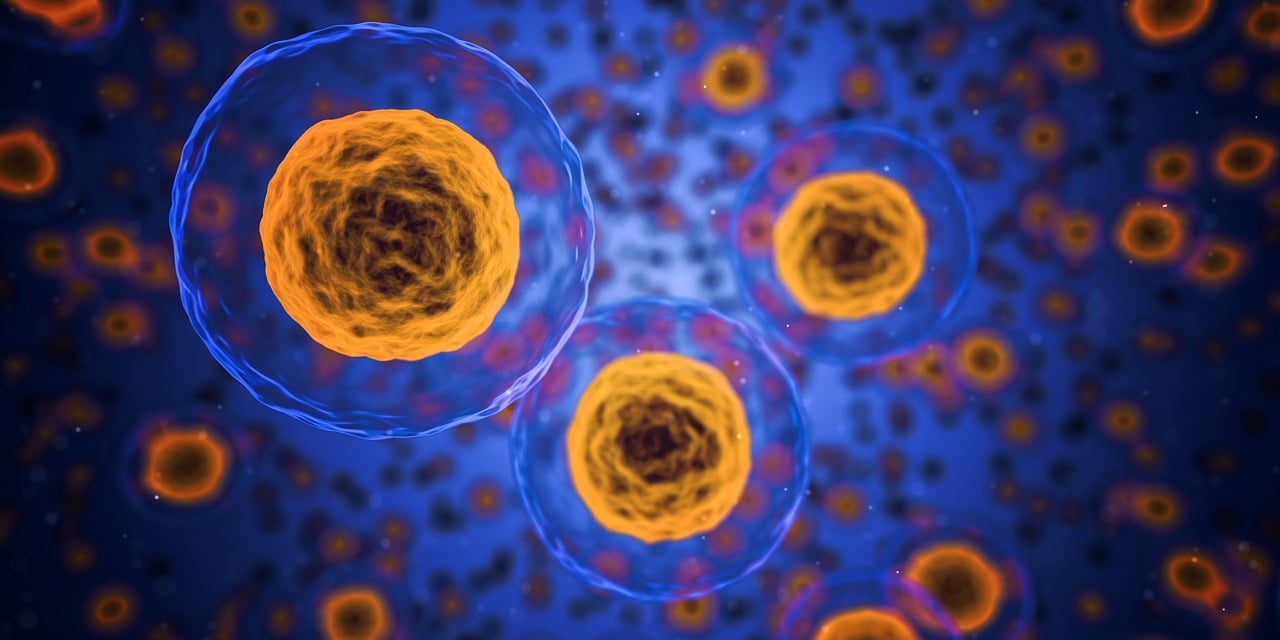AP Biology 🧬
358 resourcesSee Units
Multiple Choice Practice for Ecology
Welcome to Unit 8 AP Biology Multiple Choice Questions! Grab some paper and a pencil 📄 to record your answers as you go. You can see how you did on the Unit 8 Practice Questions Answers and Review sheet once you're done. Don't worry, we have tons of resources available if you get stumped 😕 on a question. And if solo study is not your thing, join a group in Hours!
Not ready to take a quiz yet? Take a look at the Intro to Unit 8.

Image courtesy of Pixabay
Facts about the test: The AP Biology exam has 60 multiple choice questions and you will be given 1 hour 30 minutes to complete the section. That means it should take you around 15 minutes to complete 10 questions.
The following questions were not written by College Board and although they cover information outlined in the AP Biology Course and Exam Description the formatting on the exam may be different.
1. A group of behavioral ecologists seeks to find if there is a relationship between the number of ocelli (or eyespots) on a peacock's tail and female interest in the male (courtship behavior). Scientists quantified female interest by documenting number of visits an duration of the visit. Identify the independent variable.
A. Duration of visit
B. Hue of eye spot
C. Number of ocelli
2. In the peacock behavior experiment, what could serve as the control group?
A. Peacock's with the most eyespots
B. Peacock's with eyespots covered
C. Female peacocks with eyespot sticks on their feathers
3. A group of the same species, living in the same area at the same time can be described as a:
A. population
B. community
C. ecosystem
4. Which of the following is NOT an abiotic factor that shapes ecosystems?
A. fire
B. rainfall
C. soil minerals
5. Animals communicate using a variety of methods. Which example best illustrates tactile communication?
A. frog calling
B. chimpanzee grooming
C. bee "waggle" dance
6. Smaller organisms tend to have a higher relative metabolic rate compared to larger organisms. The relationship between body mass and metabolic is:
A. positive
B. direct
C. indirect
7. Unlike endotherms, ectotherms cannot utilize an internal system of maintaining body temperature. What best describes a way that an ectotherm can stay warm?
A. change behavior and move onto a warm rock in the sun
B. vasoconstriction to prevent heat loss
C. increasing metabolism to generate thermal energy
8. A change in energy availability can disrupt an entire ecosystem. If a primary producer like phytoplankton declined drastically in number, what would result?
A. collapse of the last trophic level
B. primary producers increase to make up for the loss
C. increase in primary consumers and decrease in secondary consumers
9. Autotrophs: heterotrophs
A. consume energy: capture energy from the sun
B. capture energy from the sun: capture energy from other organisms
C. produce ATP: use ATP
10. Carrying capacity depends on abiotic and biotic factors. As a population that grows and eventually reaches carrying capacity, the graph generally looks like a:
A. horizontal line
B. J
C. S
11. If the population size is 200 and r=0.10, calculate the change in population size (dN/dT= rN)
A. 20
B. 220
C. 2000
12. In a population of 100 individuals, calculate "r" if 10 offspring are born and 5 individuals die.
A. 0.05
B. 0.15
C. 6
13. Why can invasive species do so well in a new environment?
A. outcompete others by exploring a new niche
B. lack of predators
C. low competition
14. According to the Simpson's Diversity Index, which two factors indicate a stable and diverse community?
A. species richness
B. number of species living in the community
C. number of individuals living in the community
15. A possible disadvantage to an ecosystem with low species diversity:
A. lower reproductive success
B. more resilient to change in environment
C. higher risk of predation
- 🙌 Time to check your answers on Unit 8 Practice Questions Answers and Review.
- 🤝Connect with other students studying AP Bio with Hours.
Browse Study Guides By Unit
🧪Unit 1 – Chemistry of Life
🧬Unit 2 – Cell Structure & Function
🔋Unit 3 – Cellular Energetics
🦠Unit 4 – Cell Communication & Cell Cycle
👪Unit 5 – Heredity
👻Unit 6 – Gene Expression & Regulation
🦍Unit 7 – Natural Selection
🌲Unit 8 – Ecology
👏General Review
🧐Multiple Choice Questions (MCQ)
✍️Free Response Questions (FRQ)
📆Big Reviews: Finals & Exam Prep

Fiveable
Resources
© 2023 Fiveable Inc. All rights reserved.